Unless drastic action is taken to address the release of greenhouse gases into the atmosphere, the planet will continue to warm resulting in a harsher climate and more extreme weather events. These events have the potential to damage and/or disrupt the operation of road infrastructure with unacceptable associated social, environmental and economic consequences.
As global temperatures continue to climb, so do the costs of adapting to a warmer world.
Every person in our community and every sector of our economy can play their part in cutting greenhouse gas emissions. The transport sector, in particular road transport, is a major contributor to greenhouse gas emissions.
Now is the time to harness the sector’s great opportunity to be a major part of the solution. Transport is seeing rapid changes including, electrification of vehicles, new mobility options, vehicle ownership and usage changes and more sustainable and resilient infrastructure.
ARRB’s sustainability and resilience team can assist road and infrastructure owners manage the risks and harness the opportunities of a changing climate.
Our expertise includes:
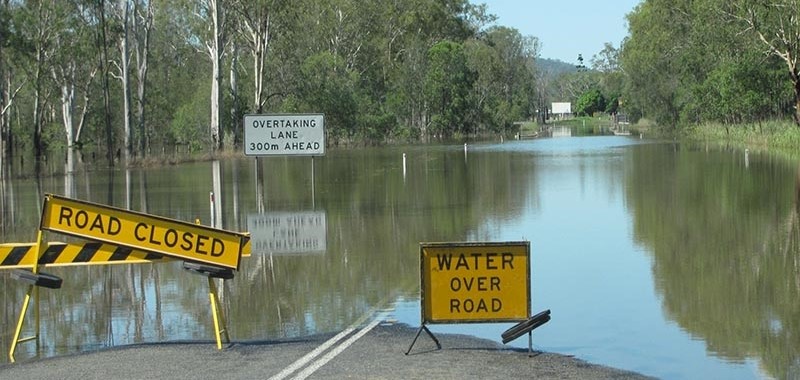
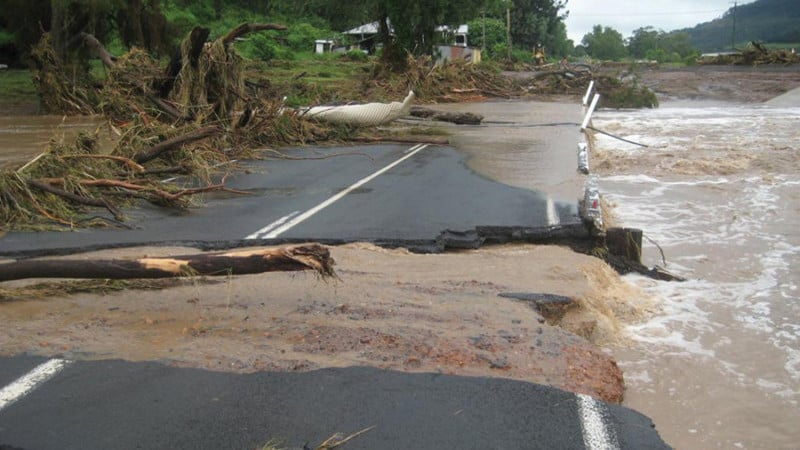
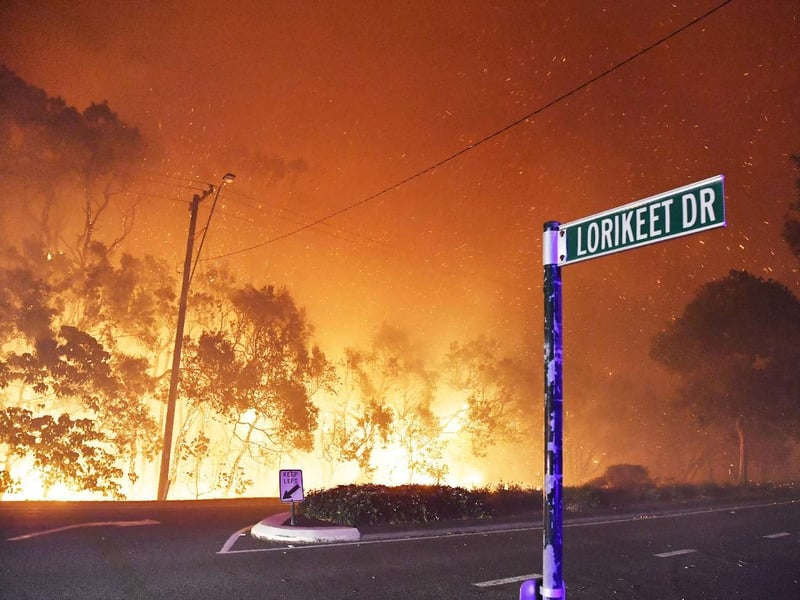
Sustainable infrastructure is infrastructure that is planned, designed, constructed and operated to optimise environmental, social and economic outcomes over the asset’s life.
The Infrastructure Sustainability Council of Australia (ISCA) is Australia’s only independent sustainability certification for infrastructure. The ISCA scheme enables comparative analysis, drives continuous improvements, promotes change receptivity and promotes collaboration.
Several states and territories are mandating that major infrastructure projects undergo an independent ISCA sustainability rating during design and construction phases.
ARRB’s Accredited Infrastructure Sustainability Professionals can help infrastructure planners, designers, builders and operators evaluate life cycle sustainability impacts and economic costs and advise on viable innovations e.g. using recycled materials.
Our climate is changing, and adaptation action is essential for the continued prosperity of our communities, environment and economy. As global temperatures climb, so do the costs of adapting to a warmer world.
Australia regularly experiences climate extremes resulting in natural disasters. Damage and disruption to the operation of transport infrastructure caused by climatic events can lead to unacceptable social, environmental and economic consequences.
The adverse effects of climate change include the loss of function or accelerated deterioration of assets, increased journey times on preferred routes and diversions and interference with planned construction and maintenance activities.
Climate adaptation refers to actions taken to reduce the negative impacts of climate change, or to take advantage of emerging opportunities. Adaptation involves going above and beyond traditional preparedness for climate variation, natural hazards and disaster events. It requires developing a comprehensive understanding of how a changing climate will affect infrastructure, regions and communities, and actively working to reduce our exposure to climate risks and to capture any new opportunities. Successful adaptation to climate change is a proactive and long-term process.
Adaptation can take many forms, including changing the way we do business, constructing better performing and more resilient infrastructure, building resilient communities, and eliminating stressors on our biodiversity and critical ecosystem services. Successful adaptation requires progress monitoring and evaluation so we can learn from experiences and adopt actions that provide the most benefit.
ARRB’s sustainability experts can advise on adaptation responses to build infrastructure and operational resilience against expected climatic stressors, including:
Without suitable resilience measures, affected roads may lack the ability to ‘spring back’ from climatic events, reducing the value of the road derived by road users.
ARRB’s Sustainability and Resilience team can assist infrastructure owners to develop frameworks to assess climate change risks and vulnerabilities, identify adaptation options, undertake cost benefit analyses, and prioritise targeted investments to respond to a changing climate.
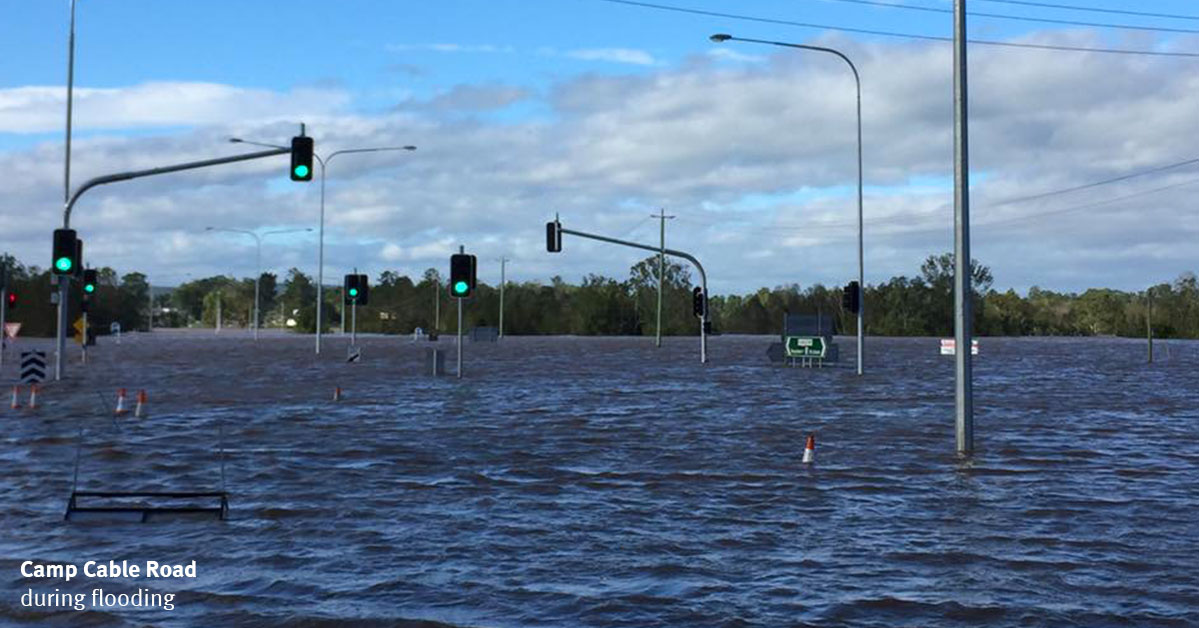
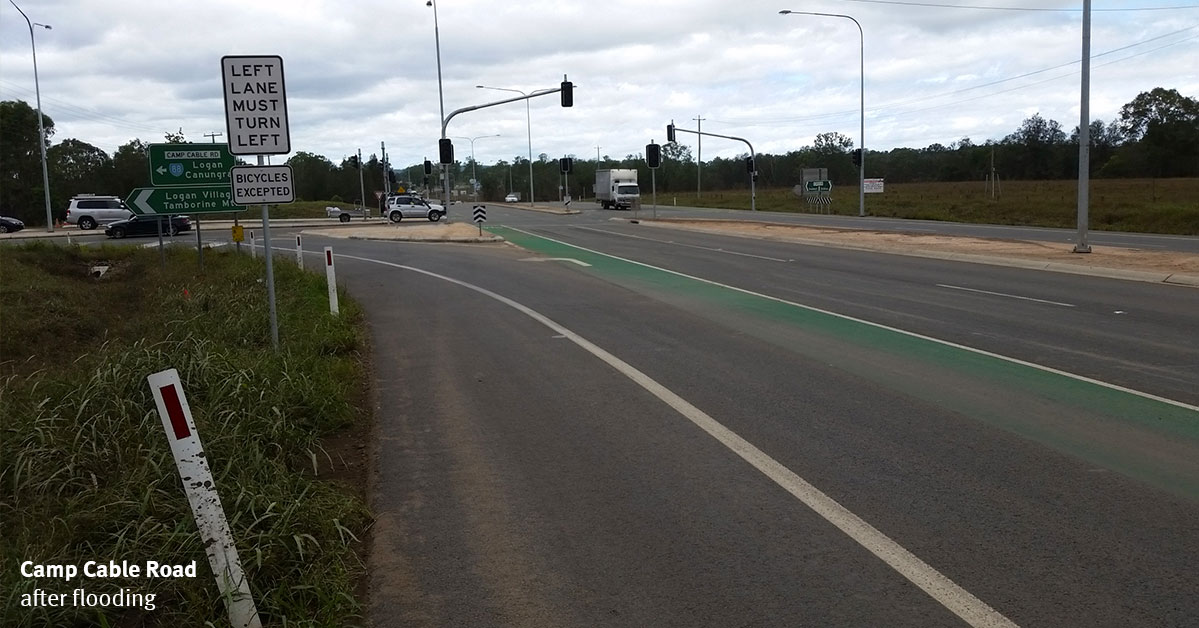
NACOE images